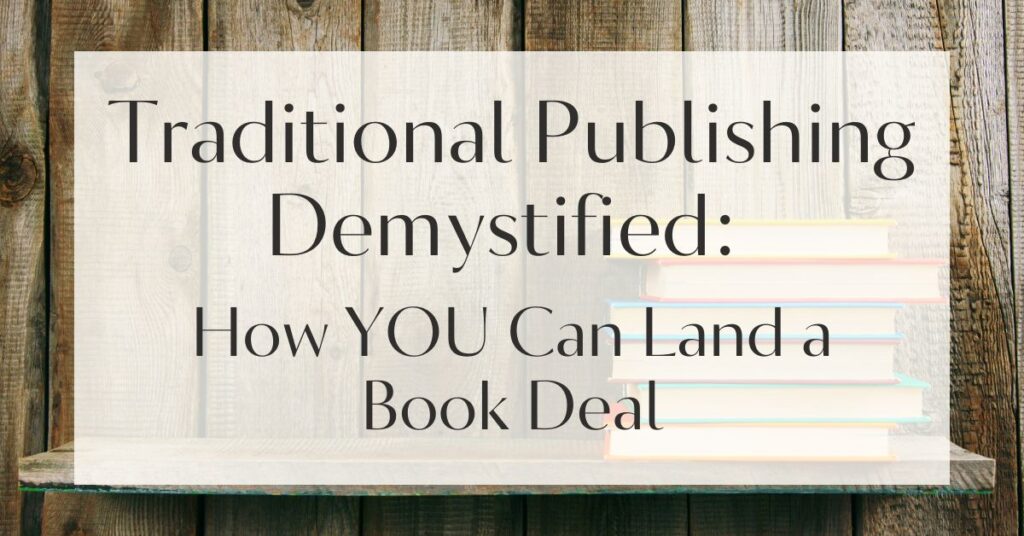Picture this: you’ve just finished penning the final sentence of your manuscript, a labor of love that’s taken months, maybe even years.
Now comes the next step – getting it published. But how does one navigate the winding corridors of traditional publishing to land that coveted book deal?
If you’re an aspiring author, the path may seem as intricate and daunting as a labyrinth.
Yet, with the right guidance, you can transform this maze into a journey of discovery, leading you to the doorstep of your dream publisher.
Understanding Traditional Publishing
Traditional publishing is often viewed as the gold standard in the literary world, a beacon of prestige and professional validation.
But what exactly does it entail, and how does it differ from other publishing methods?
Let’s delve into the essence of traditional publishing and explore the current landscape in 2024.
What is Traditional Publishing?
At its core, traditional publishing is a partnership between an author and a publishing house.
The publisher assumes all the financial risks associated with producing and distributing the book. This includes everything from editing and design to marketing and distribution.
Unlike self-publishing, where authors manage these aspects independently, traditional publishing offers a comprehensive package, providing authors with access to experienced professionals who handle the various stages of book production.
One of the key distinctions of traditional publishing is its selective nature. Not every manuscript makes it past the gatekeepers – literary agents and acquisitions editors – who sift through submissions to find works that align with market trends and the publisher’s catalog.
While this can make the process competitive, it also ensures that books reaching the shelves have undergone rigorous quality checks, enhancing their credibility and market appeal.
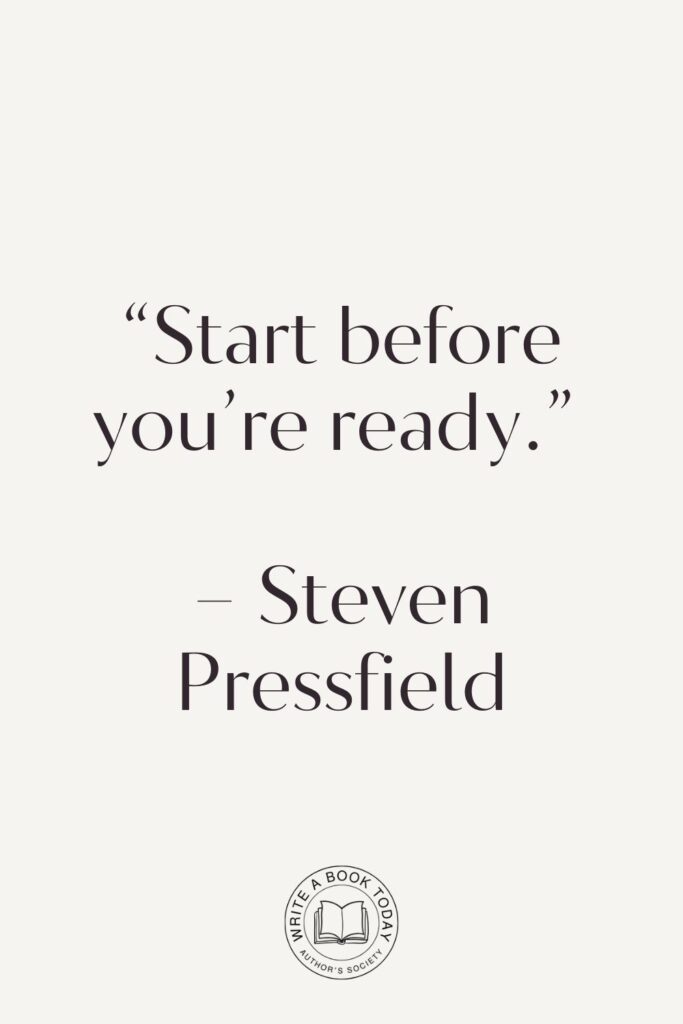
The Publishing Landscape in 2024
As we step into 2024, the publishing industry continues to evolve, influenced by technological advancements and changing consumer preferences.
One notable trend is the increased scrutiny from literary agents, who are becoming more selective due to the saturated market.
This means that manuscripts need to be polished and market-ready before they land on an agent’s desk.
In 2024, consider the role of technology in publishing. Digital platforms and social media are increasingly important for marketing.
Leverage these tools to build your author platform and connect with readers, making your manuscript more appealing to agents and publishers.
Moreover, the rise of hybrid publishing models, which blend elements of traditional and self-publishing, offers authors more options than ever before.
However, the prestige and distribution capabilities of traditional publishing still hold significant allure, especially for those seeking a wide reach and professional validation.
The Path to a Book Deal
The road to securing a book deal with a traditional publisher is paved with several critical steps.
From crafting a compelling manuscript to navigating the submission process, each phase requires dedication and strategic planning.
Feeling lost with your debut novel?
Fiverr Pro connects you with expert editors, designers, and marketers – everything you need to get your book ready for success!

Writing a Marketable Manuscript
Before you can approach agents or publishers, your manuscript must be in top form. This means more than just having a well-written story; it must also resonate with current market trends and reader interests.
Conduct thorough research to understand what genres are currently popular and identify where your work fits within the literary landscape.
- Ensure your manuscript adheres to genre conventions while offering a fresh perspective.
- Engage beta readers to gain feedback and refine your work.
- Consider hiring a professional editor to polish your manuscript to a high standard.
The Role of Literary Agents
Literary agents are the gatekeepers to traditional publishing, and securing representation is often a crucial step towards landing a book deal.
Agents have the industry knowledge and connections necessary to pitch your manuscript to the right publishers, maximizing its chances of success.
When seeking an agent, it’s essential to research their interests and client list to ensure alignment with your work.
Personalize your query letters to demonstrate your understanding of their preferences and how your manuscript fits into their portfolio.
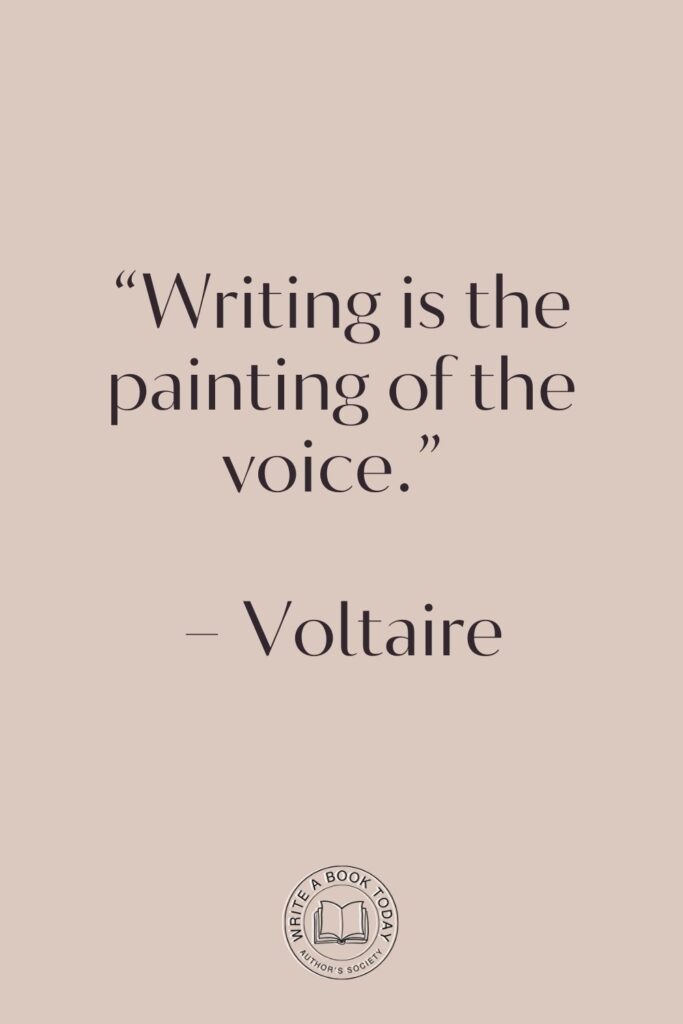
Crafting an Irresistible Query Letter
Your query letter is your first impression, a brief but powerful introduction to your manuscript and your writing credentials.
It should include a compelling hook that captures the essence of your story, a concise synopsis, and a short author bio highlighting relevant achievements.
When crafting your query letter, focus on clarity and precision. Avoid jargon and ensure that your letter is free of grammatical errors.
A well-crafted query letter can make all the difference in catching an agent’s attention.
Submitting to Publishers
Once you have an agent, they will guide you through the submission process, targeting publishers whose catalogs align with your manuscript’s genre and themes.
This stage involves patience, as responses can take weeks or months. However, a strategic submission plan can significantly enhance your chances of success.
Navigating the Submission Process
After submitting your manuscript, the waiting game begins. Understanding what to expect and how to handle potential rejections can help you maintain momentum and resilience.
What to Expect After Submission
Once your manuscript is in the hands of publishers, it will undergo a review process by acquisitions editors. If a publisher is interested, you may receive an offer, which your agent will negotiate on your behalf.
This is an exciting but complex phase, as it involves understanding the terms of your publishing contract and ensuring that it aligns with your goals.
It’s important to remain patient during this period, as the publishing industry moves at its own pace.
Use this time to continue honing your craft and exploring new writing projects.
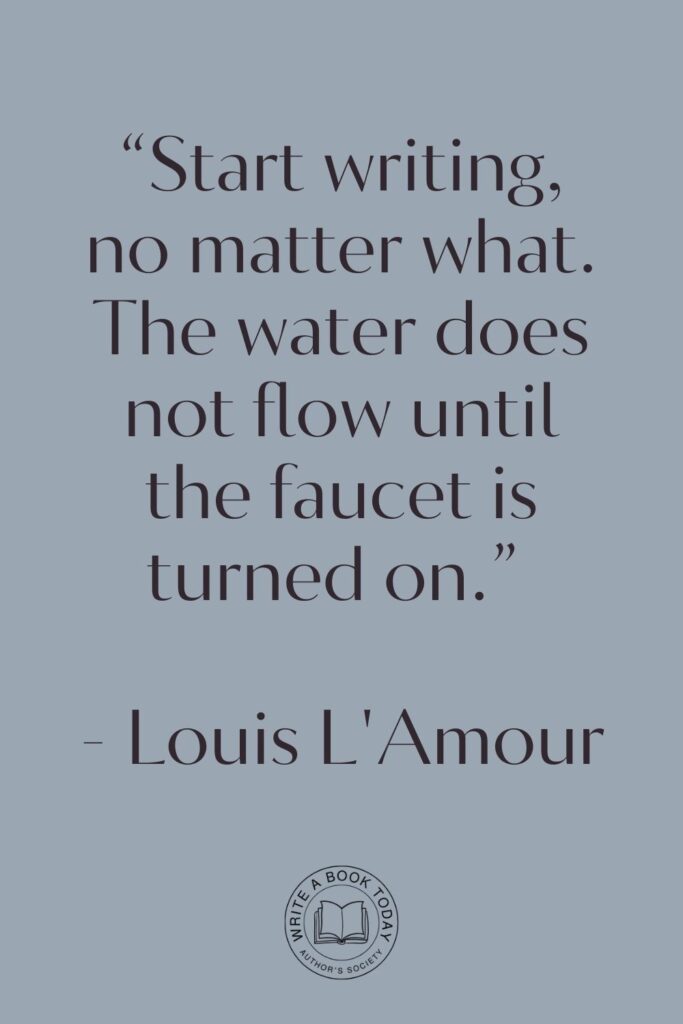
Handling Rejections Gracefully
Rejection is an inevitable part of the publishing process, but it should not deter you from pursuing your dream. Each rejection can be an opportunity for growth, providing valuable feedback that can strengthen your manuscript.
Maintain open communication with your agent, who can offer insights and advice on how to address any concerns raised by publishers.
Embrace resilience in the face of rejection. Use feedback constructively to refine your manuscript and submission strategy.
Remember, many successful authors faced multiple rejections before finding the right publisher.
The Deal: What Happens Next?
Securing a publishing deal is a significant milestone, but it’s just the beginning of the journey to seeing your book in print.
Understanding the intricacies of your publishing contract and the negotiation process is essential to ensure a favorable outcome.
Understanding Your Publishing Contract
A publishing contract is a legally binding agreement outlining the rights and responsibilities of both the author and the publisher.
Key elements to consider include the advance and royalty structure, rights granted to the publisher, and the publication timeline.
| Contract Element | Description |
|---|---|
| Advance | An upfront payment against future royalties, typically paid in installments. |
| Royalties | The percentage of sales revenue paid to the author after the advance is earned out. |
| Rights | Specifies which rights are granted to the publisher, such as print, digital, and subsidiary rights. |
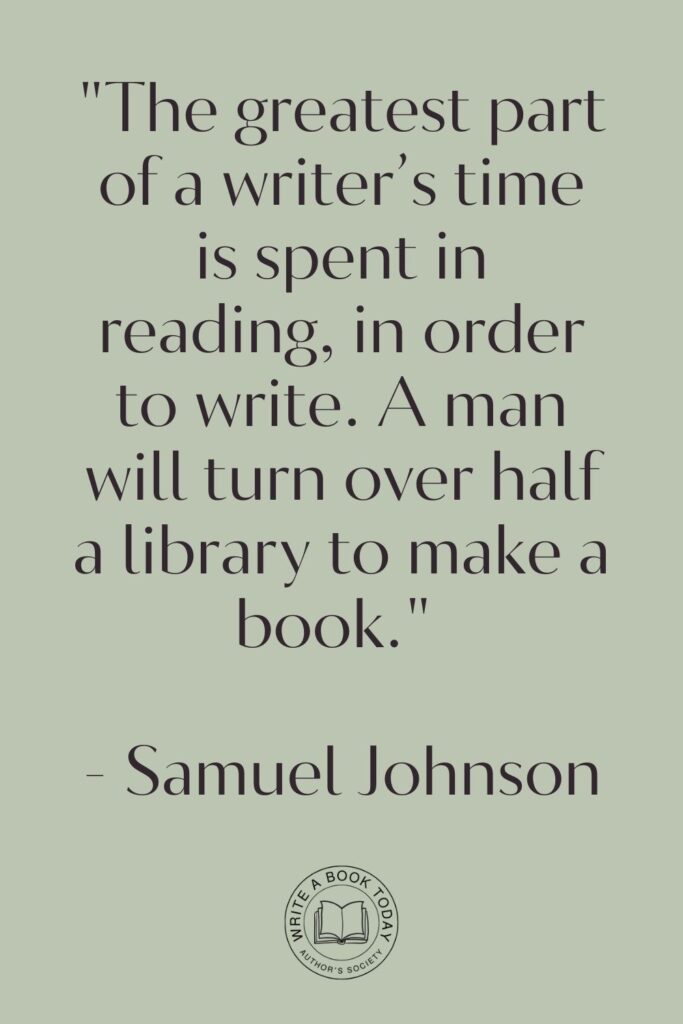
Negotiating Terms with Your Publisher
Negotiation is a critical aspect of securing a book deal, and your agent will play a pivotal role in advocating for your interests.
It’s essential to understand your priorities, whether they relate to financial terms, creative control, or marketing commitments.
A well-negotiated contract can set the foundation for a successful publishing partnership.
The Journey to Publication
With a publishing deal in hand, the journey to seeing your book on the shelves involves several key phases, from editing to marketing.
Each stage plays a crucial role in shaping the final product and ensuring its success in the marketplace.
Google Docs is for notes. Scrivener is for novels. Upgrade your writing game and try it for free today!

Editing and Production Phases
The editorial process begins with developmental editing, where your manuscript undergoes structural refinement to enhance its narrative flow and coherence.
This is followed by copyediting and proofreading to ensure linguistic accuracy and consistency.
Simultaneously, the production team will work on the book’s design, including cover art and interior layout, to create a visually appealing and marketable product.
Collaboration with your publisher’s team is essential during this phase to ensure that the final product aligns with your vision.
Marketing Your Book Effectively
Marketing is a collaborative effort between the author and the publisher, aimed at maximizing the book’s reach and impact.
While publishers provide resources and support, authors play an active role in promoting their work through social media, book signings, and other channels.
Developing a comprehensive marketing plan that leverages both traditional and digital platforms can significantly enhance your book’s visibility and sales potential.

Success Stories and Lessons Learned
Learning from the experiences of other authors can provide valuable insights and inspiration as you navigate the traditional publishing landscape.
Here are some real-life success stories and common pitfalls to avoid.
Real-life Experiences of Aspiring Authors
Many authors have traversed the path from manuscript to publication, each with unique journeys and challenges.
Some found success after multiple rejections, while others secured deals through connections made at literary events or writing workshops.
These stories highlight the importance of persistence, adaptability, and networking in the publishing industry.
No marketing platform? No social following? No problem!
Publisher Rocket helps you market your debut novel like a pro.
It’s a gamechanger for debut authors – try it today!


Common Pitfalls to Avoid in Traditional Publishing
While the path to publication is rewarding, it is not without its pitfalls. Common challenges include unrealistic expectations, lack of market awareness, and failure to actively participate in marketing efforts.
By being mindful of these potential obstacles, you can navigate the publishing process more effectively and increase your chances of success.
Embracing Your Publishing Journey
Embarking on the journey of traditional publishing is a transformative experience, one that requires resilience, adaptability, and a passion for storytelling.
By embracing each step with enthusiasm and an open mind, you can turn your literary dreams into reality.
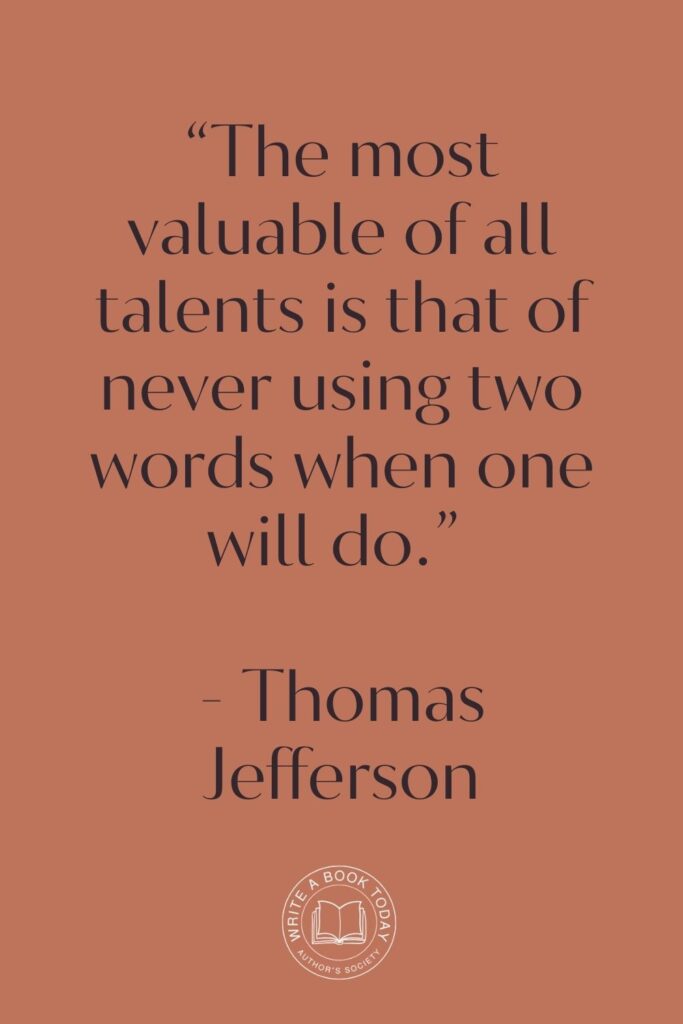
The Importance of Persistence and Adaptability
Persistence is a key attribute for aspiring authors, as the road to publication is often fraught with challenges and setbacks. Embrace each rejection as a learning opportunity, and remain open to feedback and new ideas.
Adaptability is equally important, as the publishing landscape is constantly evolving. Stay informed about industry trends and be willing to pivot your approach when necessary.
Exploring Alternative Publishing Paths
While traditional publishing offers numerous benefits, it is not the only path to success. Exploring alternative publishing models, such as hybrid or self-publishing, can provide greater creative control and financial rewards.
Evaluate your goals and priorities to determine the best path for your work.
Consider building a community around your work. Engage with readers and fellow authors through online forums, social media, and events.
A supportive network can provide encouragement, feedback, and opportunities for collaboration.
As you navigate the traditional publishing maze, remember that every step brings you closer to sharing your story with the world.
With determination, strategic planning, and a willingness to learn, you can land your dream book deal and see your literary vision come to life.


